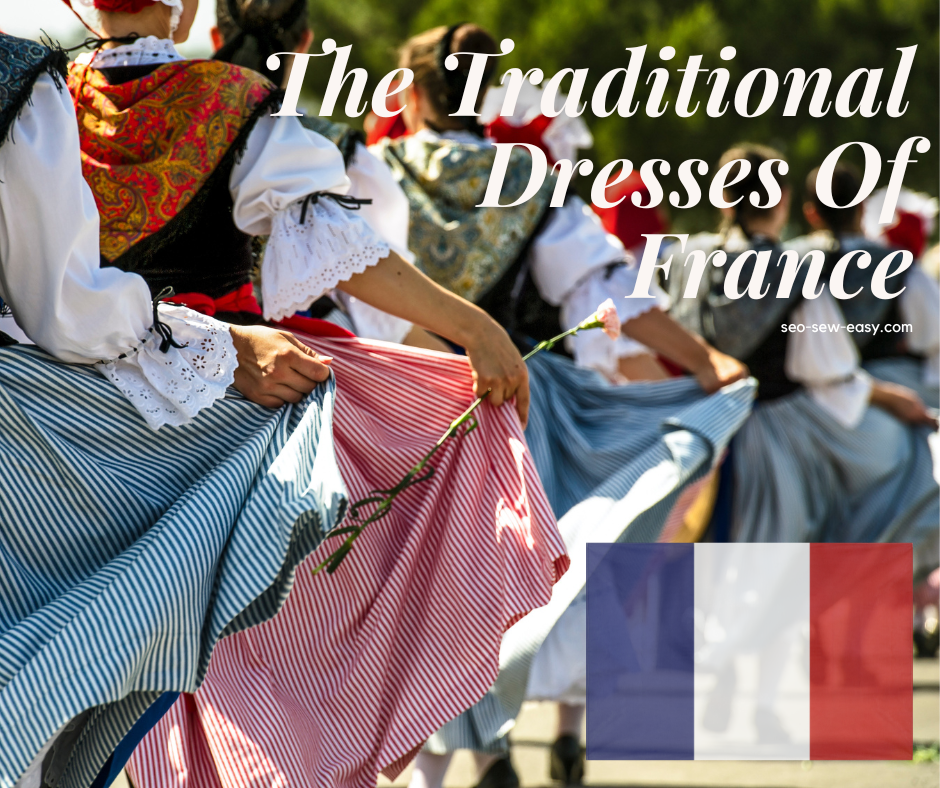
France is a country rich in history and full of a unique culture. From the bustling streets of Paris to the picturesque villages of Brittany, each region of France has its own unique customs and traditions. One of the most fascinating aspects of French culture is the traditional clothing worn by women in different regions. Each dress is a reflection of the history, culture and identity of the people who live there. From the Breton dress of Brittany to the Alsatian costume of Alsace, each dress has its own unique style and characteristics that set it apart from the rest.
Today we'll only be looking at some of the most iconic variants, as there are simply so many regions of France with distinct and independent histories and traditions.
General Traits
Traditional French women's dresses, also known as “regional costumes” are a reflection of the country's rich cultural heritage. These dresses can be (rarely nowadays) worn on special occasions such as weddings and festivals, and are a symbol of a region's identity and history.
In general, traditional French women's dresses feature a long, full skirt with a fitted bodice, apron, and a headscarf. The bodice is typically made of velvet, silk or linen and is decorated with intricate embroidery or lace. The skirt is made of heavy cotton or wool, and is also decorated with similar embellishments. The headscarf is often made of linen or cotton and is decorated with embroidery or lace. The dress is usually completed with a pair of black or colorful shoes and stockings. These common pieces are usually present in all regional, or folk, dresses.
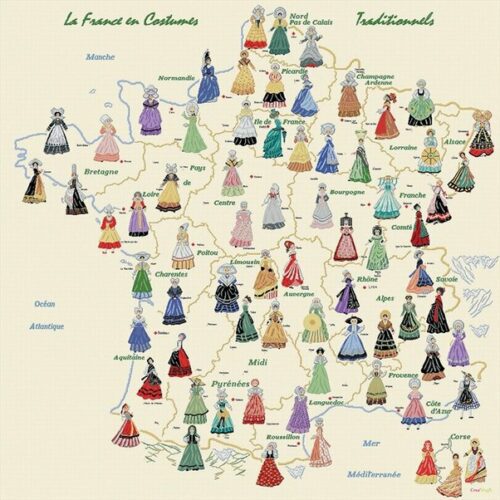

The traditional French women's dress is made by hand, often by skilled artisans who have passed on the techniques from generation to generation. The fabrics used are usually high quality and natural, such as cotton, linen, wool, and silk. The embellishments, such as embroidery, lace, and pleats, are also made by hand, often using traditional techniques. This is of course a very rare thing in the modern world, and I don't know of any well know artisans that I can link here.
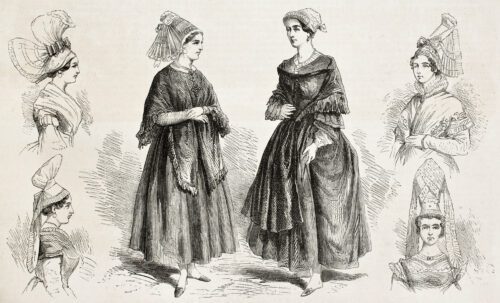

The dress is also generally recognized by its use of bright colors and bold patterns. Each region has its own specific colors and patterns that reflect the local culture and history. For example, the Breton dress of Brittany is known for its use of white and blue, as well as dark navy colors, which are the traditional colors of the region. On the other hand, the Provencal dress is known for its use of bright and cheerful colors, with a bohemian and relaxed style.
Brittany
The Breton dress, also known as the “bigouden” is a traditional costume worn by women in the Brittany region. I white blouse and full agron are its most common characteristics, as well as the dark colors paired with white lace. The skirt is typically made of cotton or linen and is decorated with white or gilded embroidery or lace. The blouse is also decorated with similar embellishments and features a high collar and puffed sleeves. A headscarf, known as a “coiffe” is often worn with the dress, and is also decorated with embroidery or lace. The dress is usually completed with a pair of black shoes and stockings.
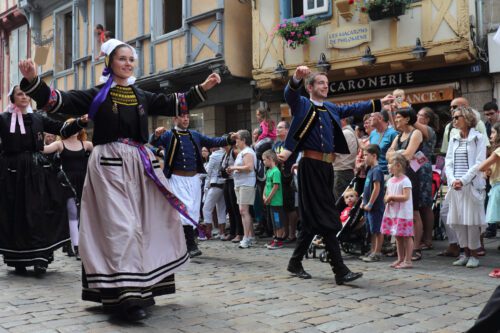

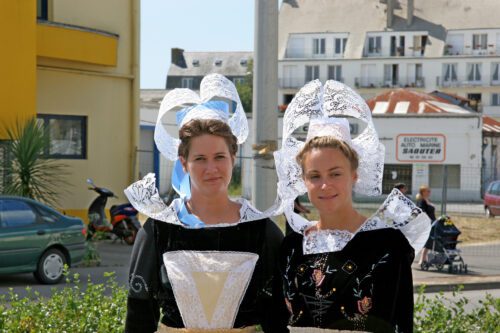

Brittany, located in the northwest of France, is a region known for its rugged coastline and beautiful beaches. It has a distinct Celtic culture and its own language, Breton. Historically, Brittany was a powerful independent duchy and was also known for being the place where a lot of emigrants came from in the 19th and 20th century.
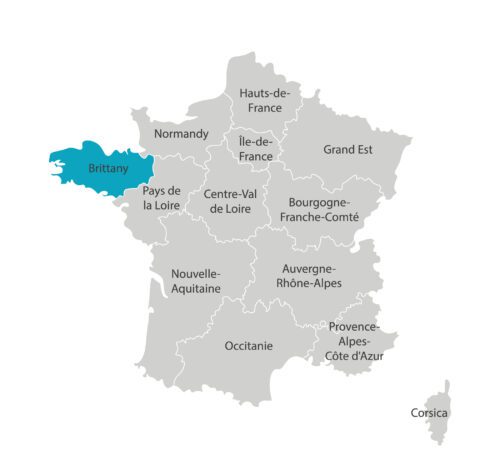

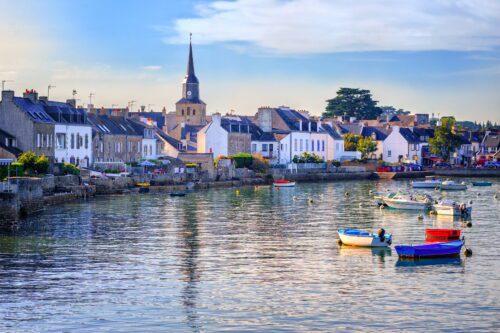



The Breton dress is distinct from other traditional French dresses in its use of strong colors and bold patterns. It is also different in that it does not feature a fitted bodice, unlike other regional costumes such as the Alsatian and Normand costumes. Historically, the Breton dress was worn by women in rural areas of Brittany and was a symbol of their Breton identity. It was worn for special occasions such as weddings and festivals, and has become an important cultural symbol for the region.
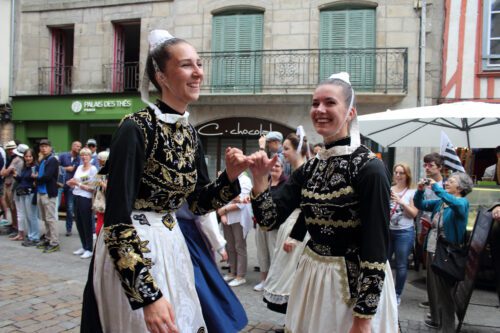

Alsace
The Alsatian costume is a traditional dress worn by women in the Alsace region. The dress features a long, full skirt with a fitted bodice, apron, and a headscarf. The bodice is typically made of velvet or silk and is decorated with intricate embroidery and/or lace. The skirt is made of heavy cotton or wool, and is also decorated with a similar style. The headscarf is often made of dark linen or cotton. The dress is usually completed with a pair of black shoes and stockings which stand out under the strong red or black skirt.
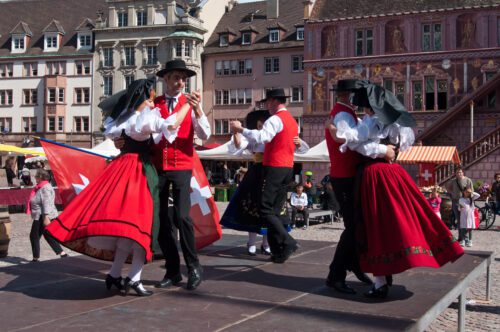

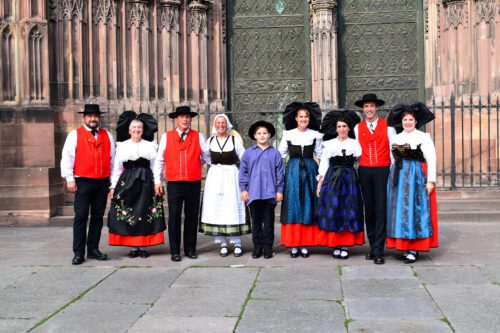

Alsace and Lorraine, located in the east of France, is known for its picturesque towns and villages and its unique blend of French and German culture. Historically, Alsace and Lorraine were contested territories between France and Germany and were the site of several battles during World War I and World War II.
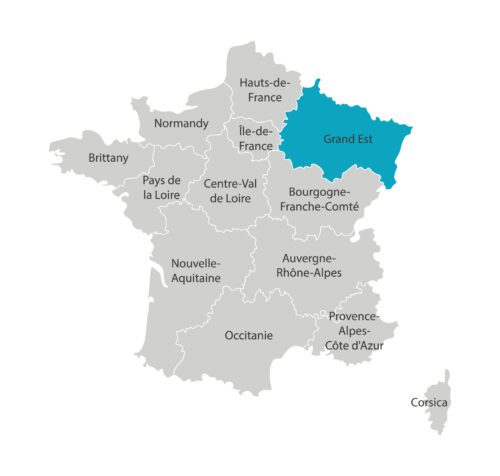

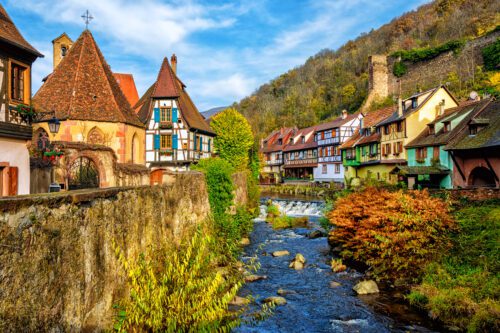



The Alsatian costume is different from other traditional French dresses in its use of rich fabrics dyed in red and black. It is also distinct in that it features a fitted bodice, which is not present in other regional costumes such as the Breton dress. The Alsatian dress is one of the most easily recognizable dresses from France, and is often used as a typified example of the traditional French dress.
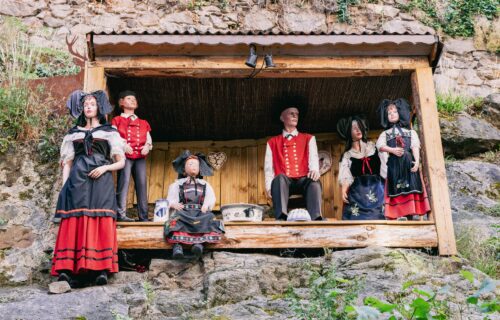

Normandy
The Normand costume, is a traditional dress worn by women in the Normandy region. The dress features a long, full skirt with a fitted bodice, apron, and a headscarf. The bodice like the Alsace costume is made of velvet or silk and is decorated with embroidery or lace.
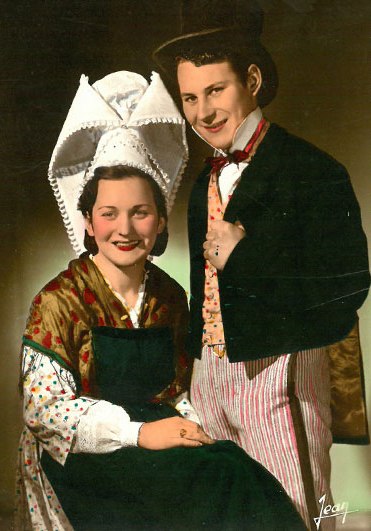

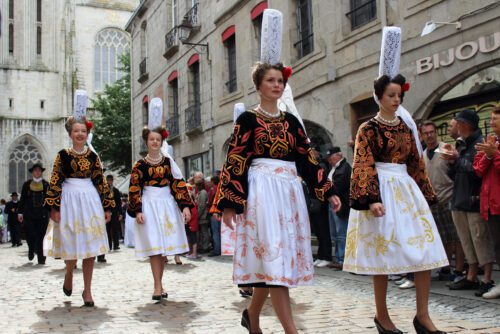

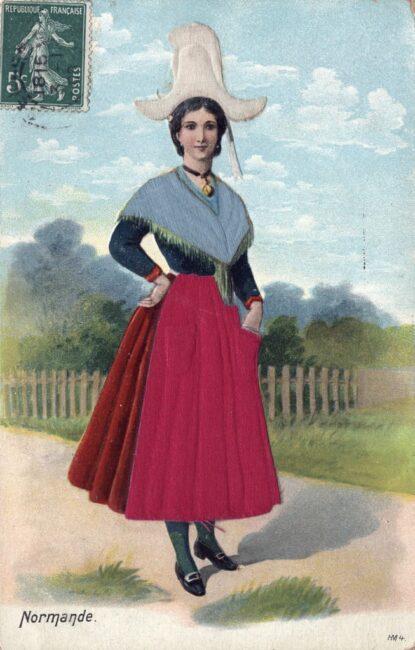

Normandy, is located in the northwest of France and is known for its picturesque villages and historic landmarks such as the Bayeux Tapestry and the D-Day landing beaches. It was the site of the Norman Conquest of England in 1066 and it was also one of the main theater of the World War II.
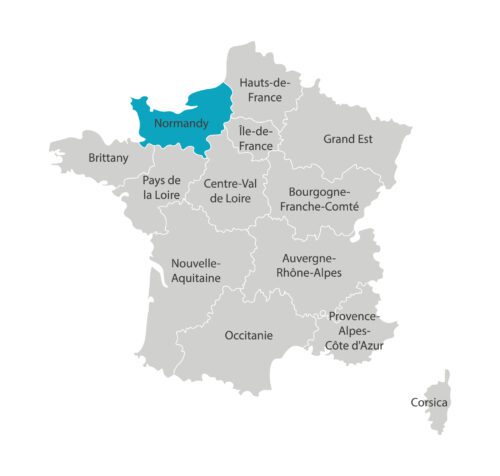

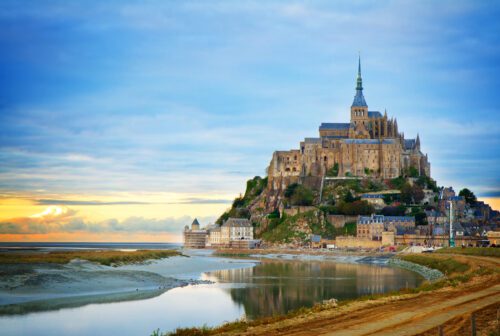



The Normand costume shares many aspects with the Breton dress and the Alsace dress and is usually identified by their preference for a tall headscarf as seen below.
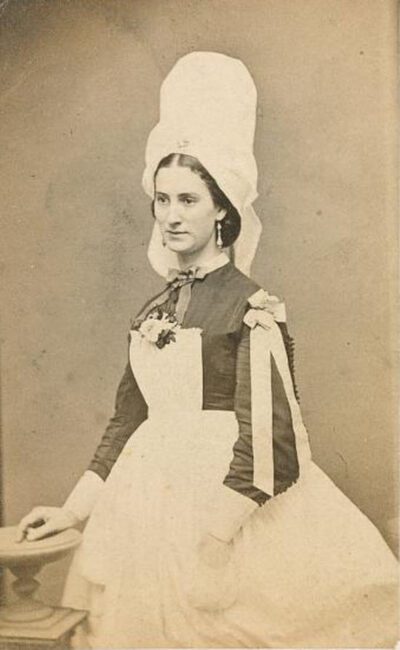

Provence
The Provencal costume, is a traditional dress worn by women in the Provence region. The dress features a long, full skirt with a fitted bodice, apron, and a headscarf. The bodice is typically made of linen or cotton. The skirt is made of light and flowy fabrics such as silk or muslin, and is decorated with detail an dcolor. The headscarf is often made of light fabric and is less prominent.
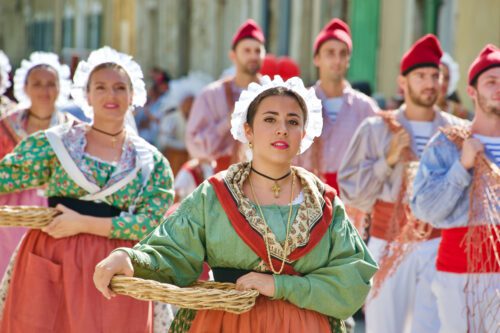

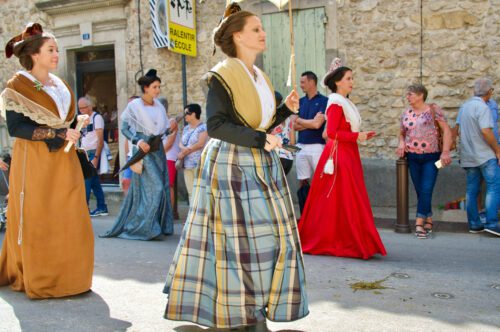

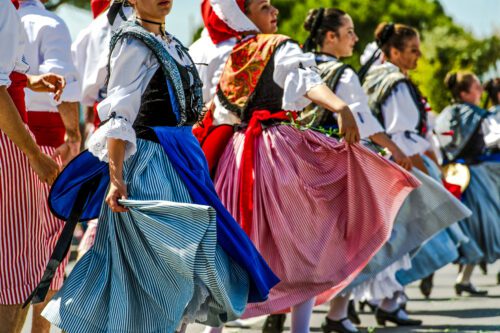

Provence and the Côte d'Azur, located in the southeast of France, is known for its beautiful coastal towns, rolling hills and lavender fields. Historically, Provence was an important center of trade and culture during the Roman Empire and it was also home to many famous artists such as Van Gogh and Cézanne.
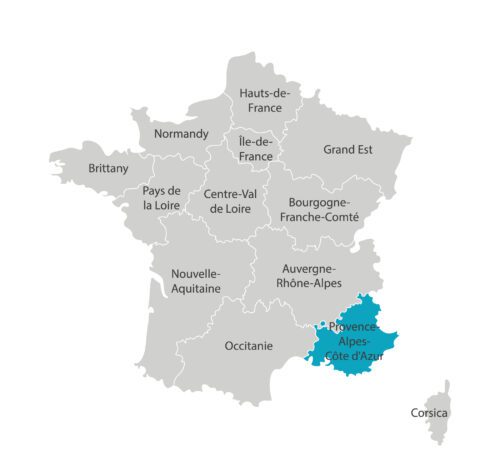

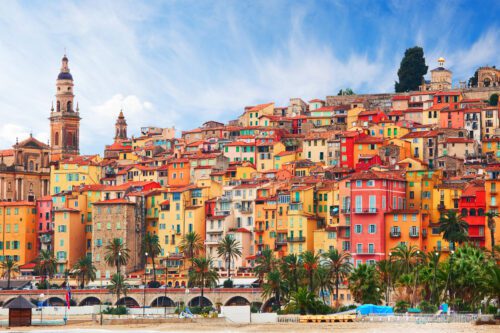

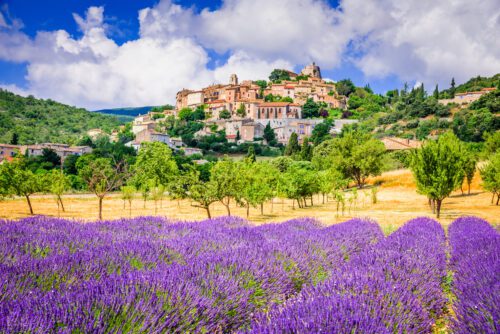

The Provencal costume is different from other traditional French dresses in its use of light and flowy fabrics, it is also has a fitted bodice like the Alsatian, Normand and Burgundy costume. It is also different in its use of bright and cheerful colors, with a bohemian and relaxed style.
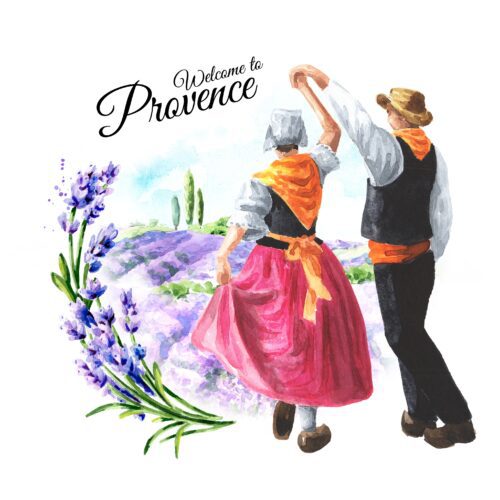

Basque
The Basque dress, also known as the “Euskara” is a traditional costume worn by women in the Basque region. It is characterized by a full skirt and a fitted bodice, with a shawl or headscarf. The skirt is typically made of wool or cotton and is decorated with intricate embroidery and pleats. The bodice is also decorated with similar embellishments and features a high collar and short sleeves. A shawl, known as a “txapela” is often worn with the dress, and is also decorated with embroidery or lace. The dress is usually completed with a pair of black shoes and stockings.
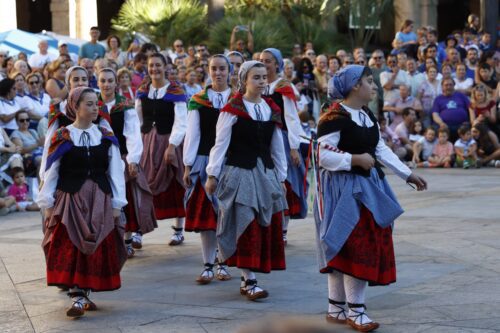

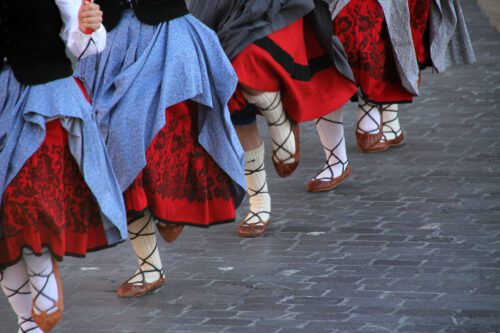

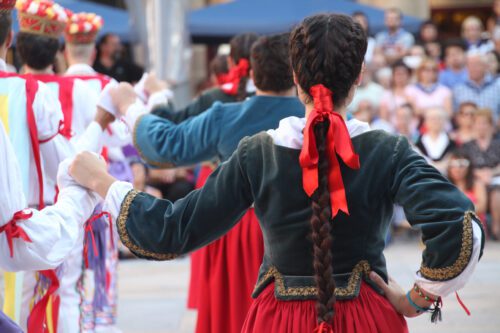

The Basque region is located in the southwestern part of France and straddles the border between France and Spain. It is known for its rugged coastline, beautiful beaches, and the Pyrenees mountains. The Basque culture is distinct from the rest of France and has its own language, Euskara. Historically, the Basque region was an independent kingdom in the Middle Ages and has a long history of resistance to outside rule. Basque dresses could easily be considered part of the Spanish traditional dress as well, but in truth they are culturally and ethnically independent to both nations. They certainly deserve their own article in the future, but for now I still wanted to mention them.
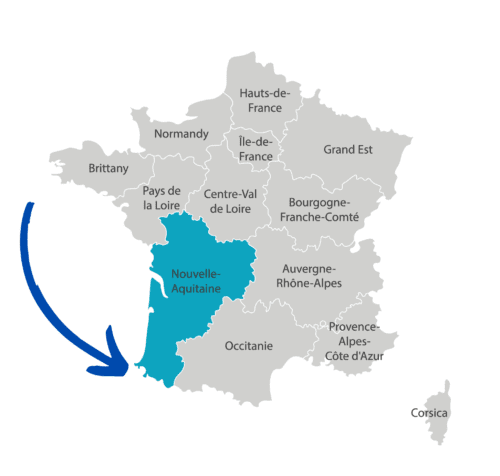

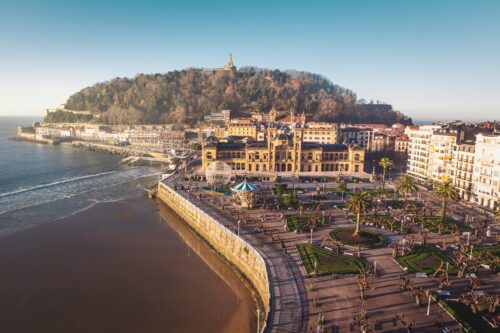

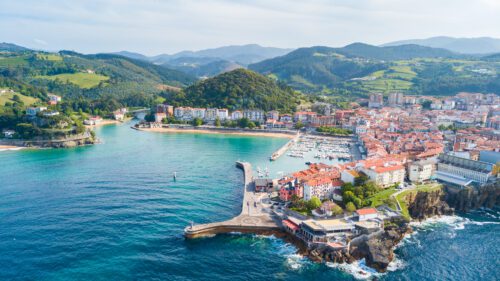

The Basque dress is different from other traditional French dresses in its use of pleats and embroidery, it is also has a fitted bodice like the Alsatian, Normand, Burgundy and Provencal costume. It is also different in its use of the shawl, a unique feature of the Basque culture. Historically, the Basque dress was worn by women in rural areas of the Basque Country and was a symbol of their Basque identity. It was worn for special occasions such as weddings and festivals, and has become an important cultural symbol for the region.
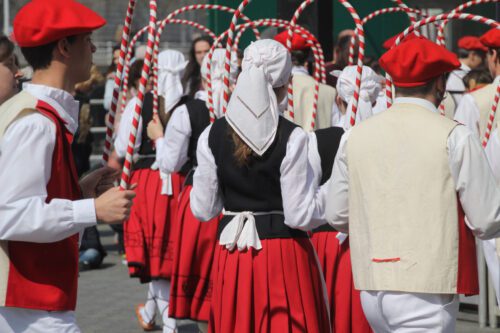

Corsica
The Corsican dress, is a traditional dress worn by women in the Corsica island. The dress features a long, full skirt with a fitted bodice, apron, and a headscarf. The bodice is typically made of linen or cotton and is decorated with intricate embroidery or lace. Dark colors and gold embroidery feature heavily.
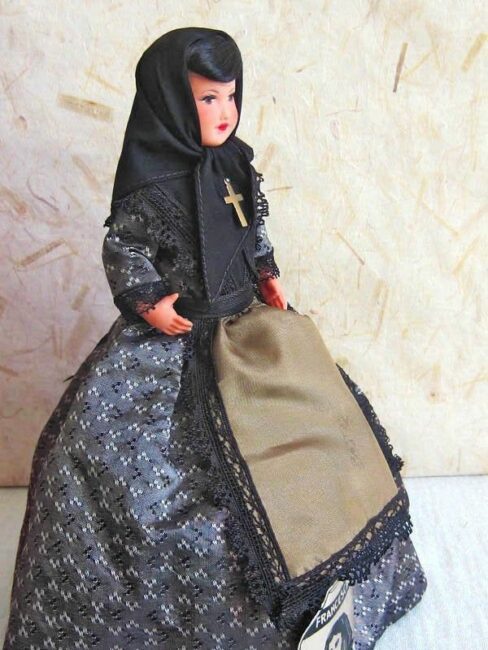

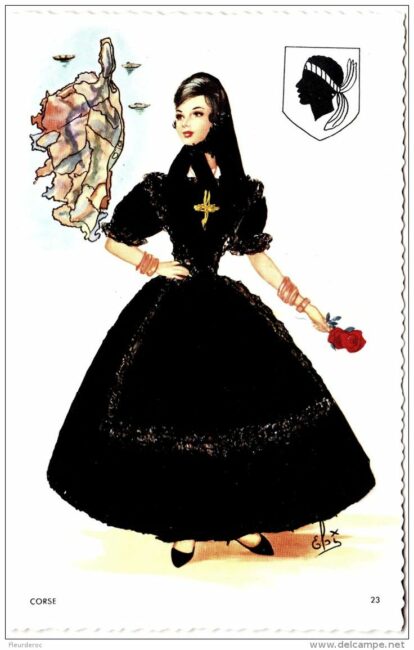

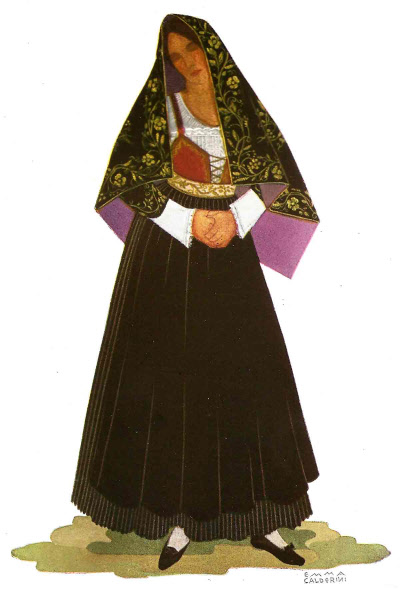

The Corsican region is an island located in the Mediterranean Sea and is part of France. It is known for its rugged landscapes, beautiful beaches, and distinct Corsican culture. Historically, Corsica has been a contested territory, with a long history of resistance to outside rule. Corsica was the birthplace of the famous Emperor Napoleon Bonaparte (born as Napoleone di Buonaparte).
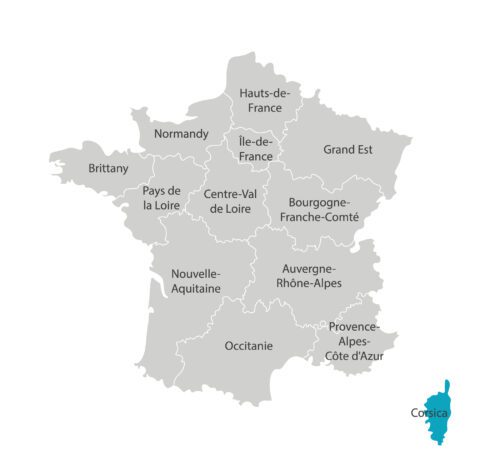

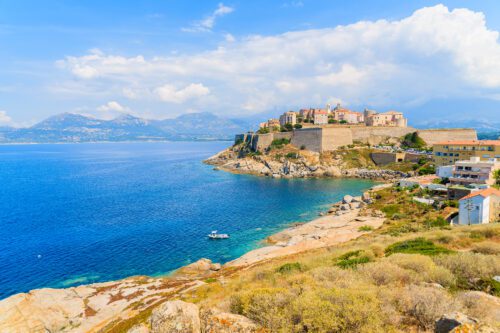

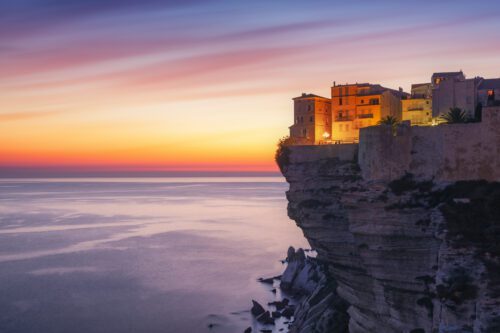

The Corsican costume is similar to other traditional French dresses in its use of light and flowy fabrics, it is also has a fitted bodice like the Alsatian, Normand, Burgundy, Provencal and Basque costume. Despite being so near Sardinia, Corisca has a very different culture and dress. Compare its more subtle and dower colors to an example of the Sardinian dress below.
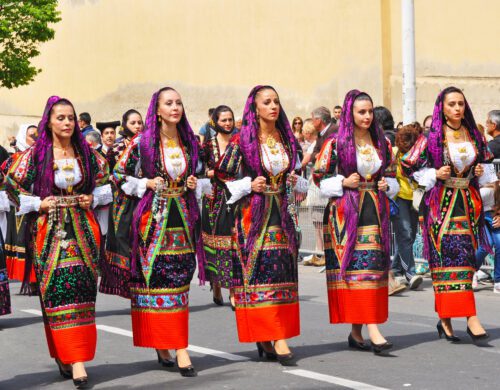

The History And Future Of traditional French Dresses
French dresses have undergone significant changes throughout history. In ancient history, the traditional French dress was simple and practical, made of natural fabrics such as linen or wool. The clothing was often hand-woven and decorated with simple embroidery or lace. The styles were influenced by the Roman and Celtic cultures and were designed to be functional and comfortable.
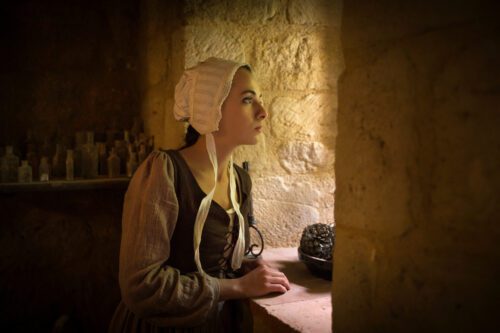

During the Middle Ages, French dresses became more elaborate and luxurious, reflecting the growing wealth and power of the nobility. The clothing was made of rich fabrics such as velvet and silk and was decorated with intricate embroidery and lace. The styles were influenced by the Gothic and Renaissance cultures and were designed to be ornate and showy.
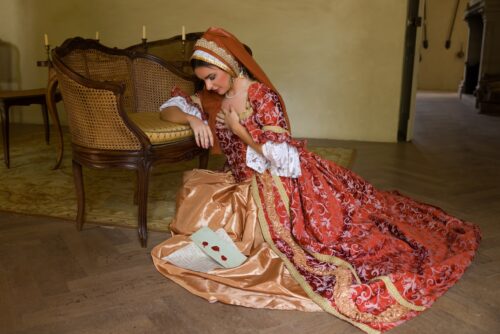

In the 18th and 19th centuries, French dresses became more elegant and sophisticated, reflecting the neoclassical aesthetic. The clothing was made of lightweight fabrics such as muslin and was decorated with delicate embroidery and lace.
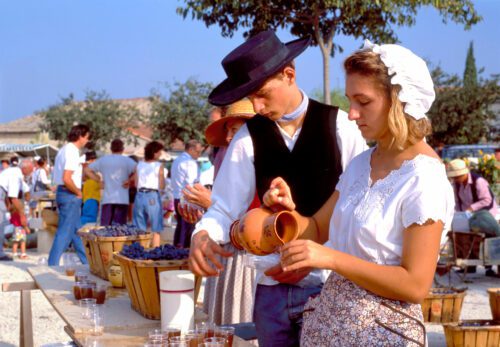

In the 20th century, French dresses became more modern and streamlined, reflecting the Art Deco and Art Nouveau movements. Today, French dresses continue to evolve, reflecting the changing fashion trends and cultural influences of the time. While traditional regional costumes are still worn on special occasions, contemporary French fashion is known for its elegance, simplicity, and luxury.










merci beaucoup ☺️ moi j’ai besoin de prendre des habit ethic et je savais pas quoi prendre,metent je sais 😀😀😀😀
Well, my grandmother gave her basque dress to me and this dress always reminds me of her memories. I love to wear this at home.
I very much appreciate this article- my father was Breton and my mom from Alsace Lorraine as all my family is French. My mom could hand sew like a sewing machine. Her stitches were perfect. Merci Beaucoup
Do you ever go back and visit?
Thank you for the article on the history of dresses in France.